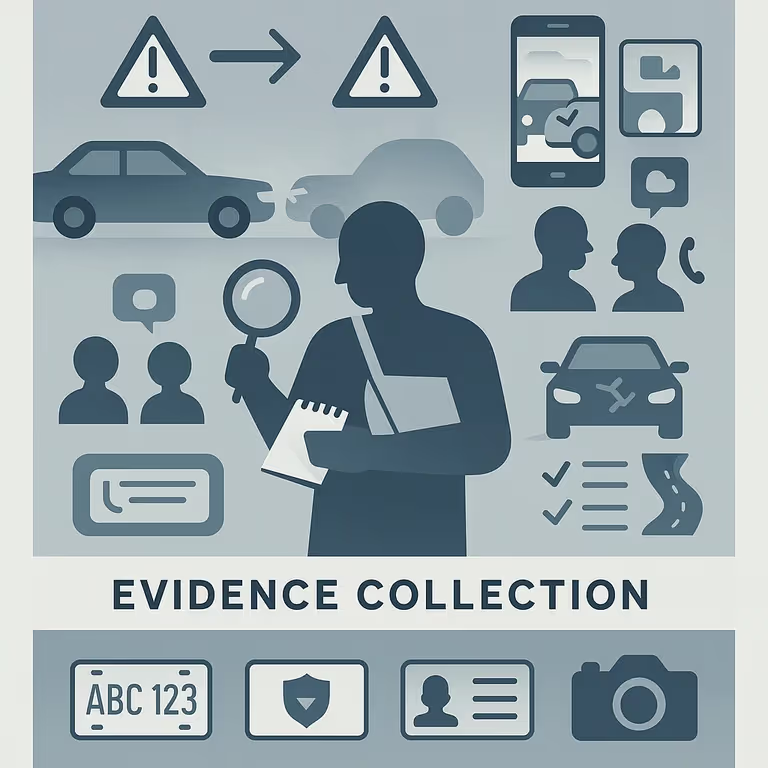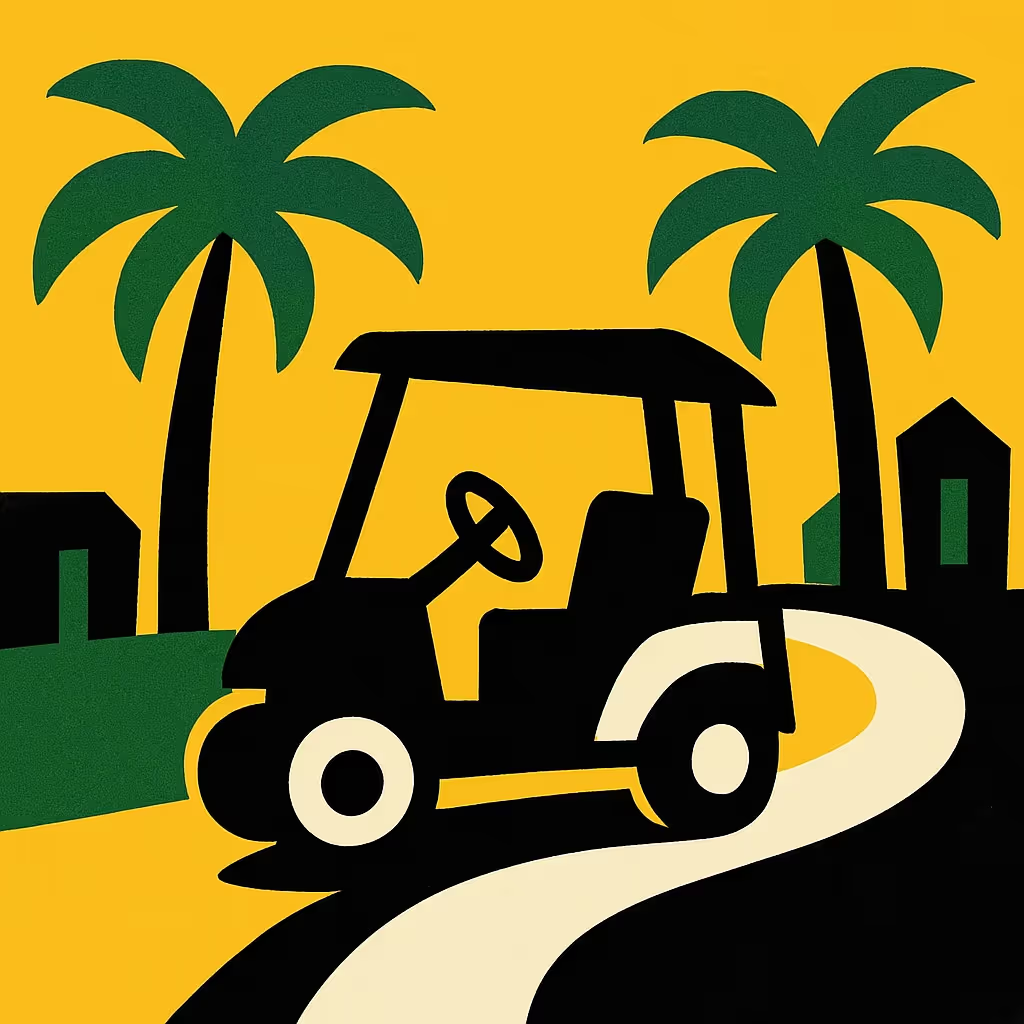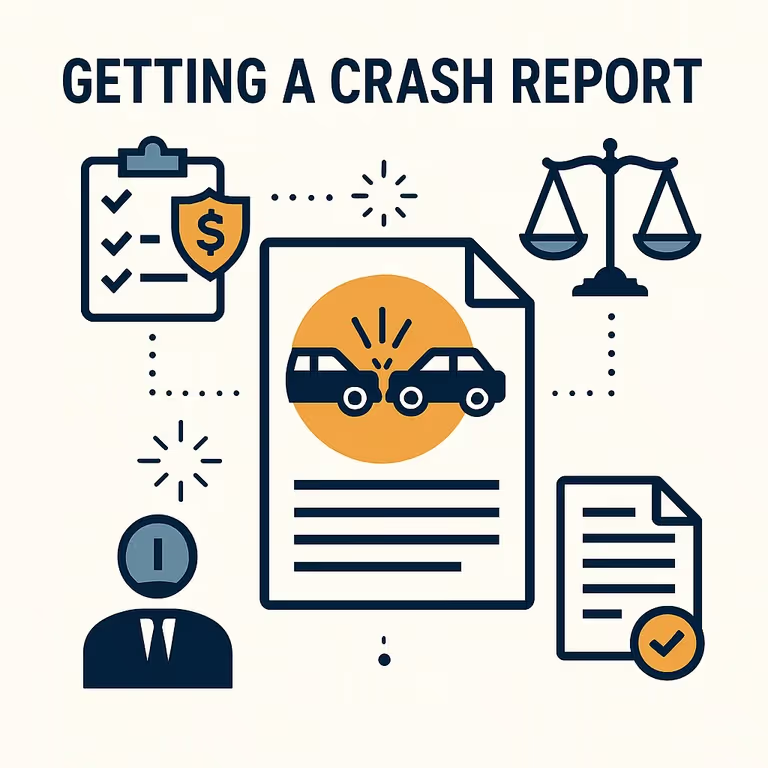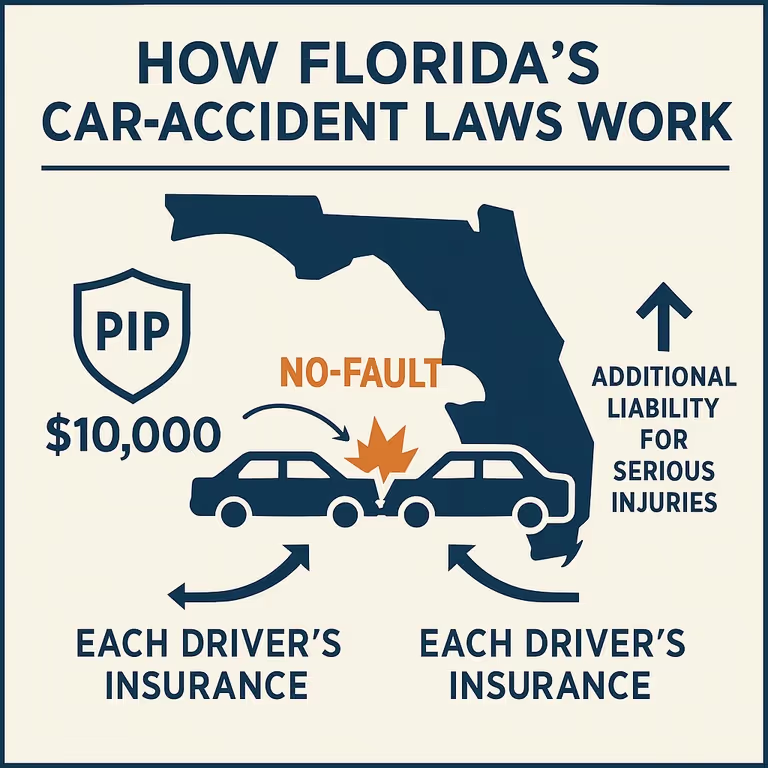5 Note-taking Methods
Discover 5 proven note-taking techniques with The Law Offices of Douglas R. Beam, P.A. Learn how to improve your productivity and information retention.

- Effective note-taking begins with the right mindset—being mentally present and focused on understanding the material rather than just transcribing information mechanically.
- Different note-taking methods serve different learning styles and purposes, from the structured Cornell and Outline methods to the visual Mind Mapping approach to the comprehensive Sentence method.
- The Outline Method is particularly recommended for its balance of organization, efficiency, and effectiveness in helping retain information through word associations and hierarchical structure.
Worried About Your Injury Case? We'll Review It - Free!


5 Note Taking Methods (That Actually Work)
No matter what field you are in, it is nearly always beneficial to become a better note-taker. There is much research to suggest that by learning a few note-taking skills, you can increase your productivity in this area.
Here are a few note-taking hacks that we tried and loved; and, we think you’ll love them too.

What to Do Before Note Taking
Before you even begin your journey towards proper note-taking, you need to first adopt specific mindsets that will help you embrace these new practices and methods.
Adopt The Right Mindset
The first way to adopt the right mindset is to take a look at your attitude. Your attitude and your behavior would play a very important factor in your ability to take notes and in your ability to determine the necessary information you need while taking notes.
Even if you jot down the correct information, studies show that if your mindset is in the wrong place, you have not adequately retained the information and the impact of the notes will be less helpful. To help you understand this concept, here is an example of this:
A student in class who did not pay attention copied down the notes from the slideshow in class thinking that he could return to them to study later. Later on however, when he returned to the notes he was unable to decipher them because mentally, he had failed to focus on the information at the time of the note-taking.
If you continue to pay attention while you are taking notes and you adopt the right mindset for your note-taking, you should be able to understand what you have written in the first place and recall what the professor is saying. The result of this is a more productive outcome.
Remember The End-Goal
You should also keep in mind that you need to remember the end goal. What role are you taking during this process? Are you merely taking notes to show that you are listening, or are you taking down notes to be able to review later? If you are just trying to show that you are listening, it will be difficult to return to your notes later on, but if you have the mindset that you will return to them later, you will subconsciously begin to write with that in mind.
The 5 Efficient Note Taking Methods (And 2 Extra Methods Worth Mentioning)
In our research, we have found that Miami University has a public database where there is a course outlining note-taking and active listening that the students can take. We have listed down the top 5 methods of note-taking that have proven to work well, and added 2 more techniques of our own.
Let us begin.

1. The Outline Method
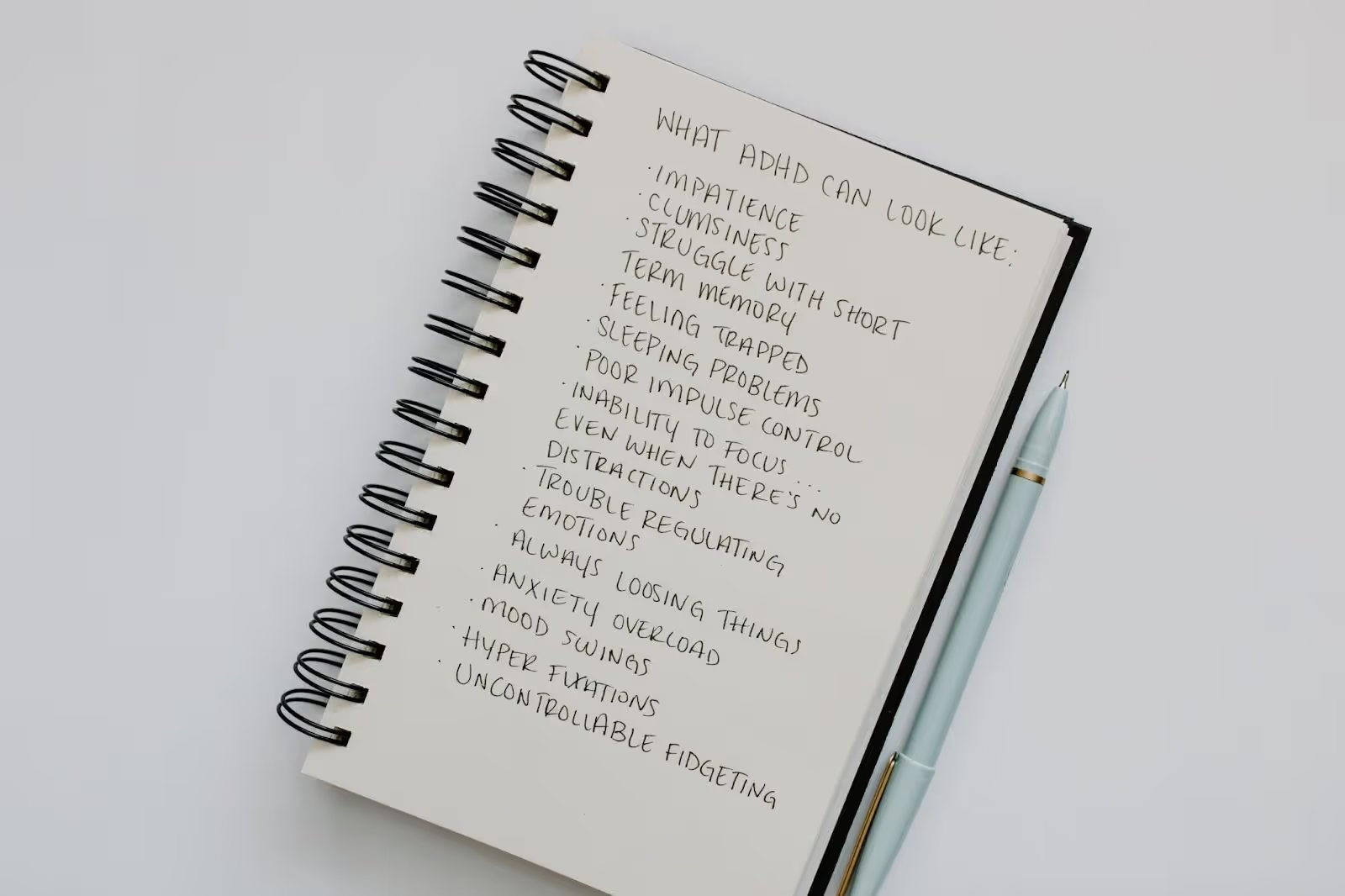
The idea of the outline method is very simple. You take out the important key points that are being covered in the specific lesson and under those key points, you will also talk about the sub-points based on the topic that it discusses.
The outline method is perfect for those individuals who easily get overwhelmed with reading or with specific topics that they are not well versed in. This method works well for all of those students who do not want to spend a lot of time writing or taking down notes but have a good memory in terms of word associations.
Who is this method perfect for?
The Outline Method is perfect for those who:
- Have good word associations and memorization of such associations;
- Want notes to be organized from the start;
- Want to see the relationship between the general topics and the subtopics it will be covered in the main category of the lesson; and
- Those who want to convert the points into specific questions would want to quiz themselves later on when they review.

2. The Cornell Method
Another popular technique, developed in the 1950s, is the Cornell Method. Similar to the outline method, the Cornell method uses key points but has very specific and organized methods of doing so.
In this method of note-taking, your one-page should be broken down into three sections highlighting your specific topic. There should be one column for the cue points, or the section that tells you what the main points of the topic are. There should also be a place to recall the general or larger ideas in your specific topic.
In the second column, you put your actual notes which expand and explain what you have written on the cue areas. Generally, you consider your cue points as the subheading or the heading and the note section is the section that you used to summarize the headings while getting into the specifics.
Finally, there is the summary section that summarizes the topic in 1 to 3 sentences. You should make sure that you organize your notes in such a way that when you summarize the column you can simplify because simplification is always better than mere memorization, especially in the Cornell Method.

3. Mind Mapping Method

A third method that is often used by a lot of the individuals who are reviewing for their exams and trying to retain information, is the Mind-Mapping method. Generally, this is like the creation of a diagram that aims to map out the topic visually so that it covers the general topic and branches out into nodes that discuss the subtopics pertaining to the main topic.
Mind mapping is a perfect method for those who are visual learners and often struggle with taking down notes. With my mapping, you can use your creativity to showcase the specific topic.
For example, if the topic is under torts and damages and you are discussing personal injury and insurance you can simply put the personal injury in the middle of the page and branch out into the specific topic or the specific category that you are trying to take a note of.
4. Flow Notes Method

Another helpful note-taking technique is the Flow Notes method. This method aims to maximize active learning in the classroom in order to save time during the review. The idea is that instead of transcribing word for word, you allow yourself to be more creative by drawing arrows or making new doodles and diagrams on your piece of paper that aims to bridge or connect the specific topic of the lesson.
The end goal here is to make sure that you maximize your time in the classroom by just drawing or writing eros and eventually connecting the dots when you review later on.
This is also one of the methods that should be used by visual learners who are confused by basic words on a page, or for those who want to take their note-taking to the next level.
5. Sentence Method

Another simple method that individuals should learn more about is the sentence method. The sentence method is a simple idea of note-taking where you write down everything that you can as if you are a transcriber and you are taking down every single point that your professor is saying.
There are specific times when this type of note-taking works well, but most of the time we suggest you stick to a more simplified, word association technique. This technique can help if all of the information is vital, but it will be difficult to decipher later, and will be more time-consuming both as you go and when you review.
Runner Ups: Charting Method and Writing on Slides
Other than the top five note-taking methods, you can also look at the charting method and the process of writing on slides.
The charting method is much like the Cornell method except that you are also writing down a mind map. The writing on slides method is simply writing on your copy of the slides the notes that the professor shares with the class.
Do We Have A Favorite?
As much as we don't want to play favorites we believe the outline method is the most utilized and easily adoptable note-taking method. It allows you to use word associations, subtopics, and pick and choose what information is necessary. After all, retaining the necessary information is the whole point of note-taking.
Not Sure What To Do Next? We Can Help – Fast & Free.
Worried About Your Injury Case?
We'll Review It - Free
Don’t miss an article
Florida law, local insights, and the occasional dog pic.
Delivered straight to your inbox.
More articles
Browse all articlesFree Case Review
Get a complimentary review of your case

.webp)

